As I catalogue the Dryad Collection, I was surprised to see that the books on basket weaving not only included “How to” manuals, but also books that were concerned with the cultivation of the types of natural materials to use. Many of these books had the bookplate of H.H. Peach in them, who was a Dryad founder as well as a founder of the University of Leicester . His motto “A tous vents je seme”, to all winds I sow. Harry Peach seems to have been interested in the process of weaving from the very first stage of growing the materials, to the creation of Dryad furniture and handicraft supplies.
From the Dryad Collection the book “The cultivation of osiers and willows” by Wm. Paulgrave Ellmore, has a Harry Peach bookplate and this book explores the production of materials for weaving. It is interesting to note the photograph of the woman working, weaving seems to be a world where women feature prominently in roles as workers and creators.
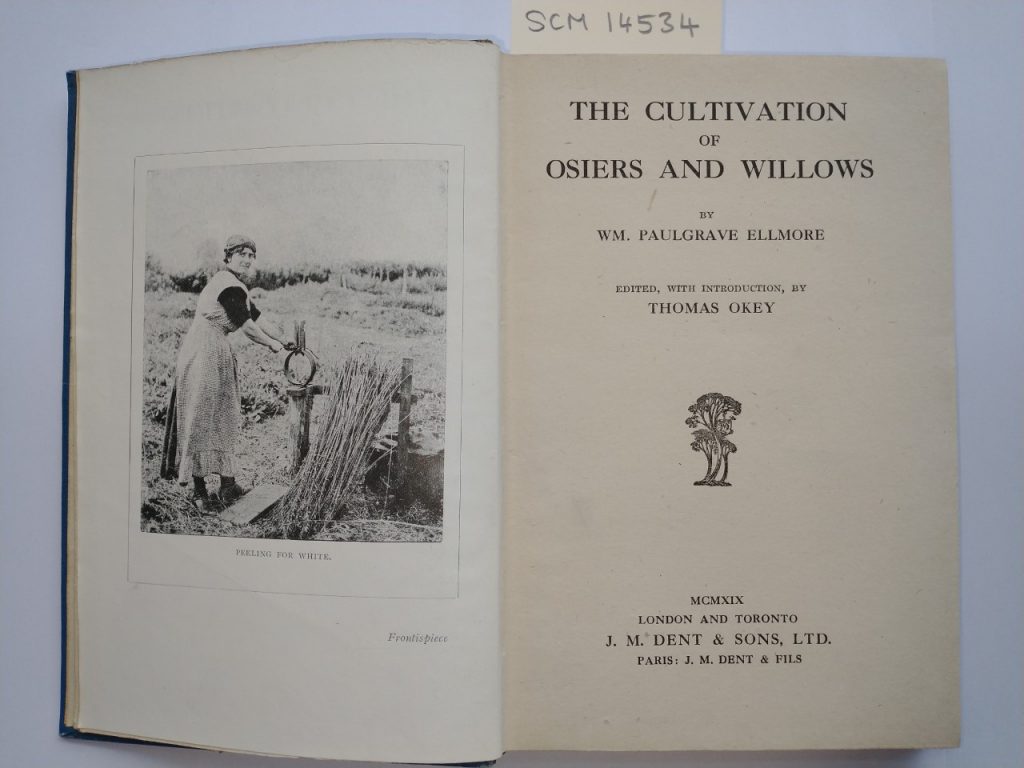
This book illustrates some of the equipment used to harvest osiers and willows, some of it unchanged for many years.
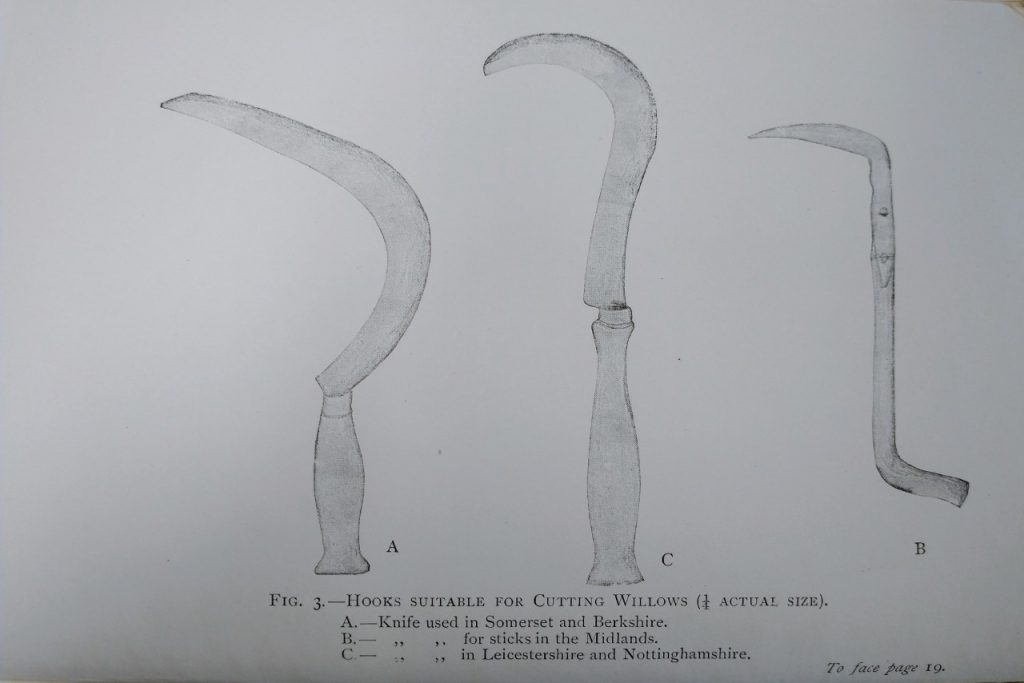
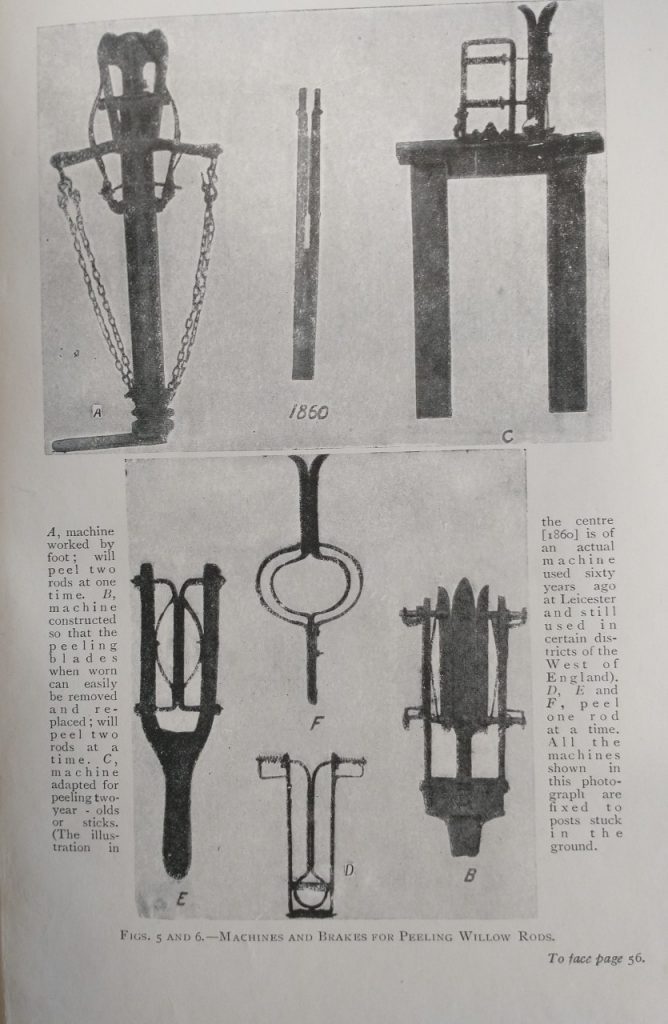
The Dryad company published many of their own guides to basket making for example “Willow basket-work” by A.G. Knock.
Also in the Dryad Collection are many books on weaving and basket weaving from all around the world, for example the Norwegian and Danish books below. These books were available in the collection for consultation by the Dryad Company, who seemed to be taking a world view on craft.
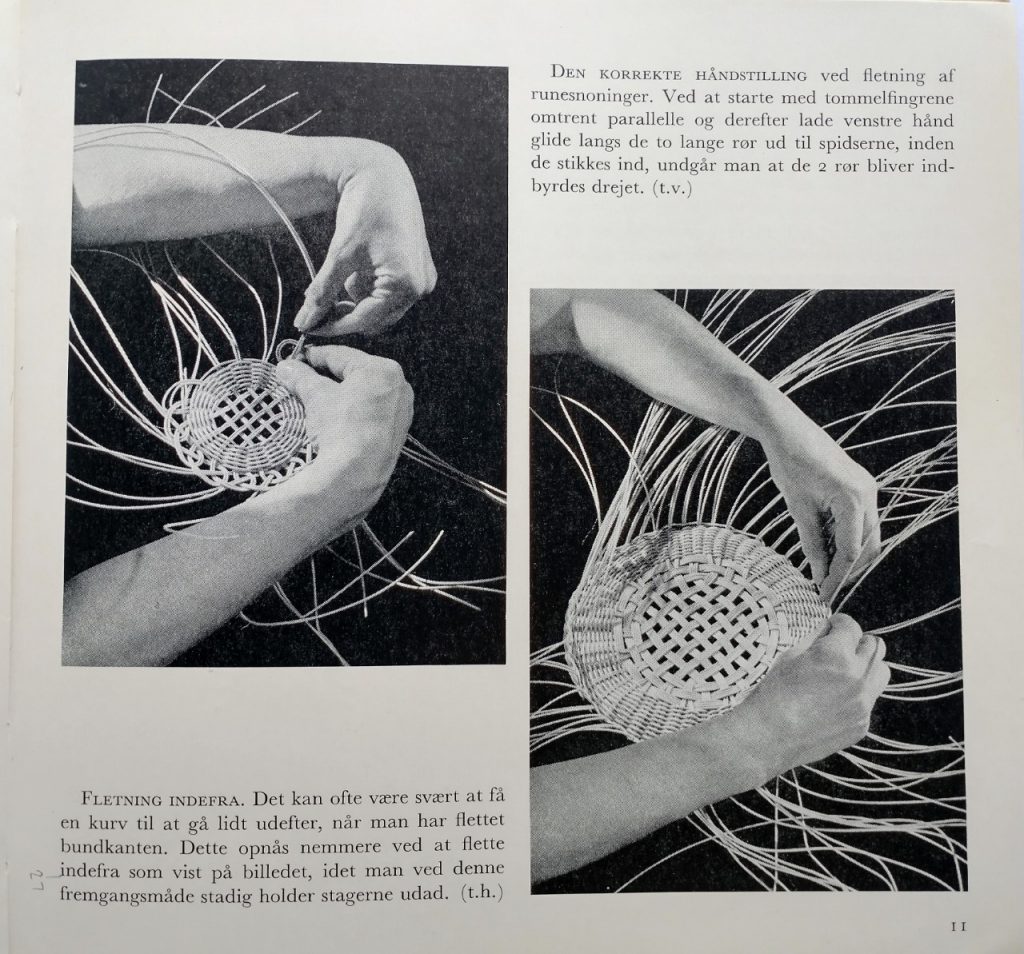
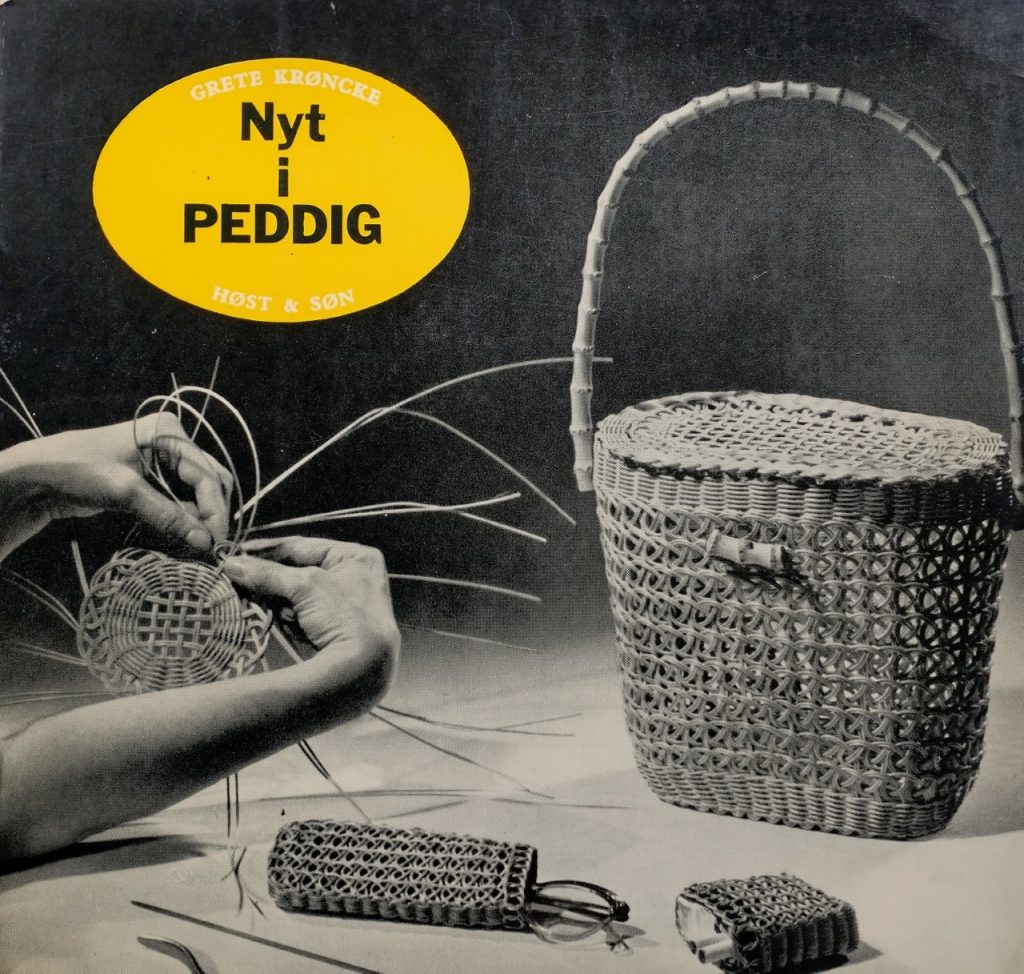
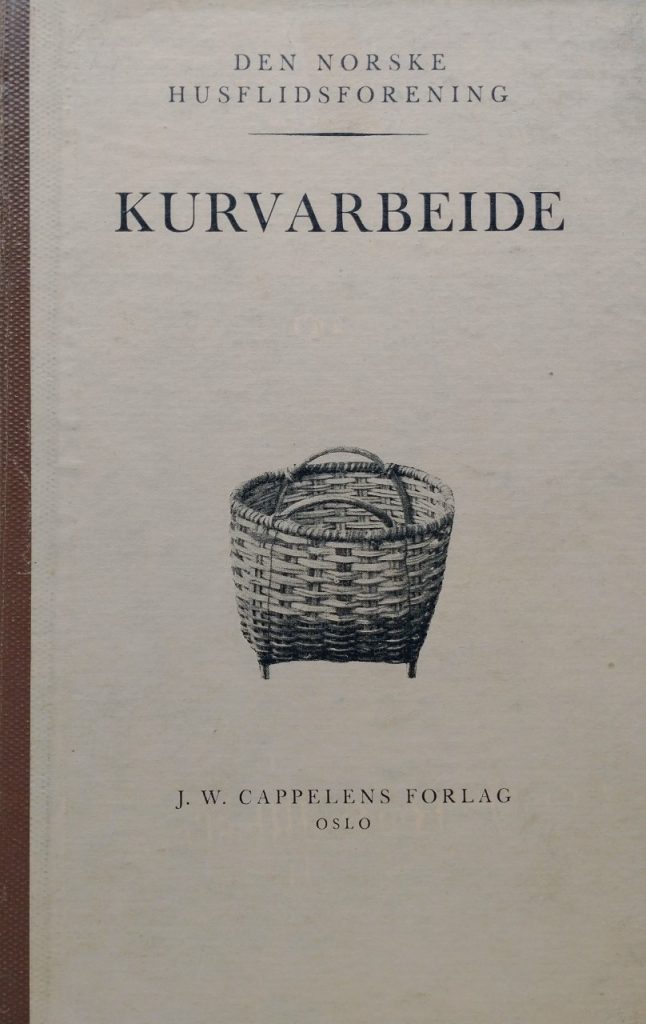
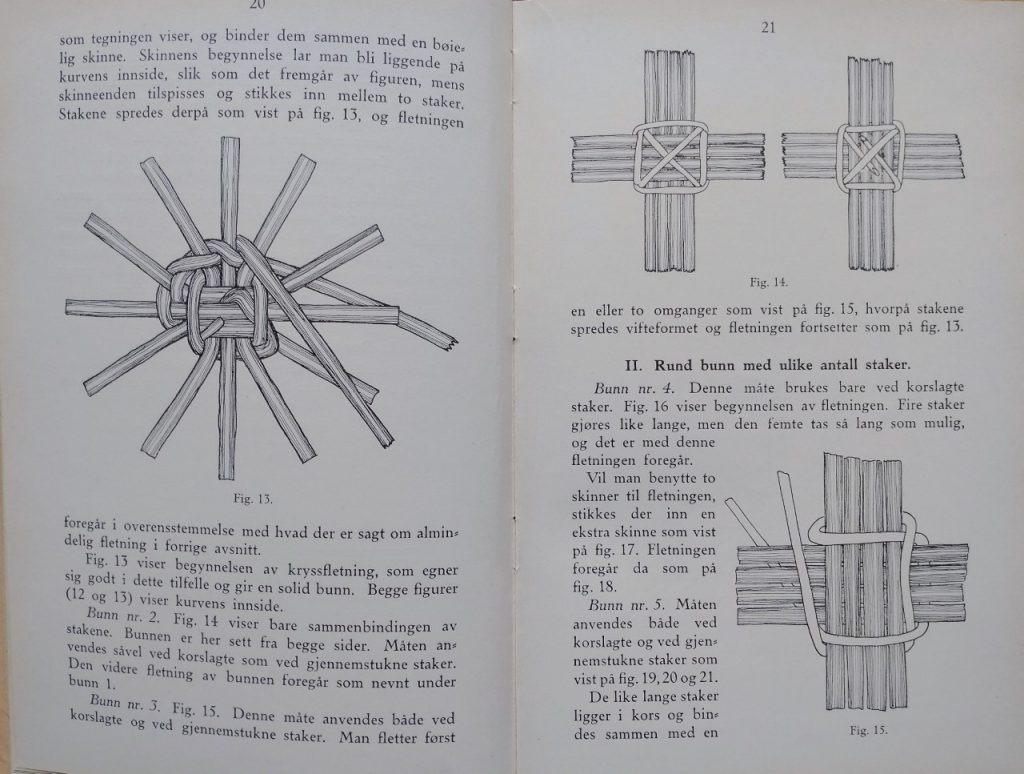
In my previous Dryad blog “S is for Smock and Sheepskin” I mentioned that Dryad employees sometimes wrote reviews of the books in the collection – they assessed the practicalities of using the book to learn the craft. In this review S. Geary in 1950 compared the book “Kurvarbeide” with one of Dryad’s own publications on willow basketry, I found the review inserted in the book when I began to catalogue it.
Harry Peach’s bookplate appears in several other early weaving books that are based outside of Europe, in particular in the United States of America. For example, the book “The Pima and his basket / J. F. Breazeale, Tucson, Arizona : Arizona Archaeological and Historical Society, 1923” considers the basketwork of the Akimel O’odham (or Akimel Oʼotham) people.
Judging by the photos, women are evident as the main basket makers in this book . When I catalogue a book I do not have time to read the text in detail, the few extracts I read in this book showed the author acknowledging the women’s skills and designs, but also echoed some of the negative, uninformed attitudes to Native American peoples of that time (1923).
There are photos of the women’s work, and rather ghostly, faded photos of the women themselves holding examples of their baskets. I wonder if the women had much say in having their photos taken for the book ? Or in having their names displayed, if indeed they are their real names? Many of these Akimel O’odham baskets seem to have been collected for resale by outsiders, such as trading companies, I hope the women basket weavers were paid a good price for their amazing work.
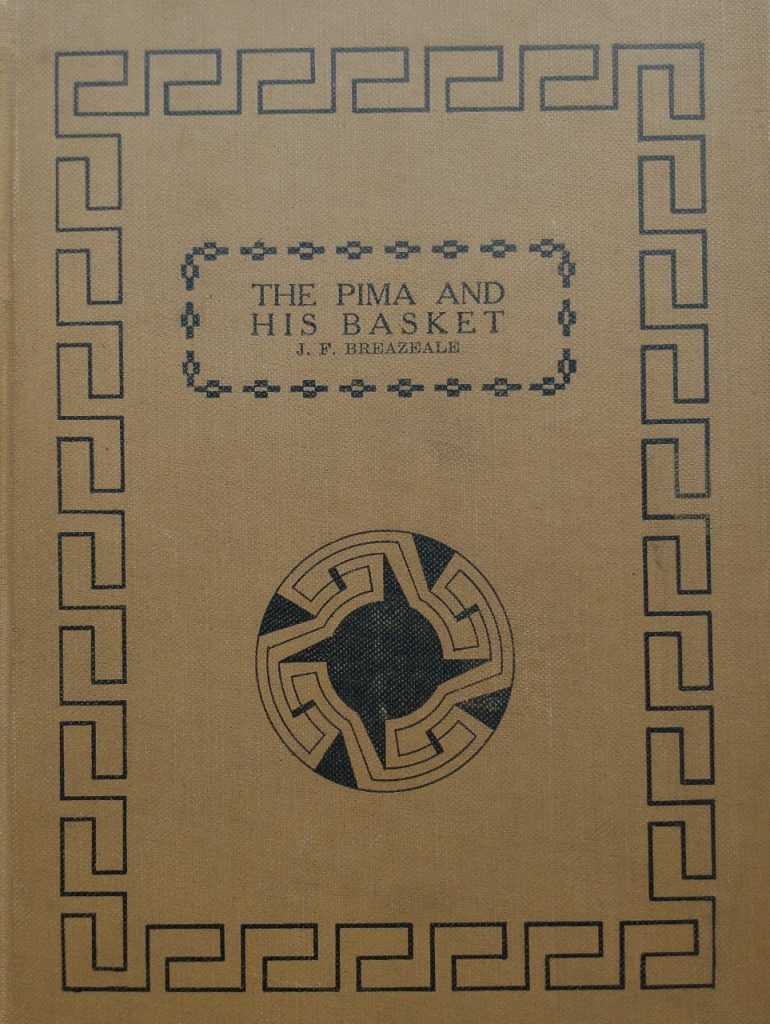
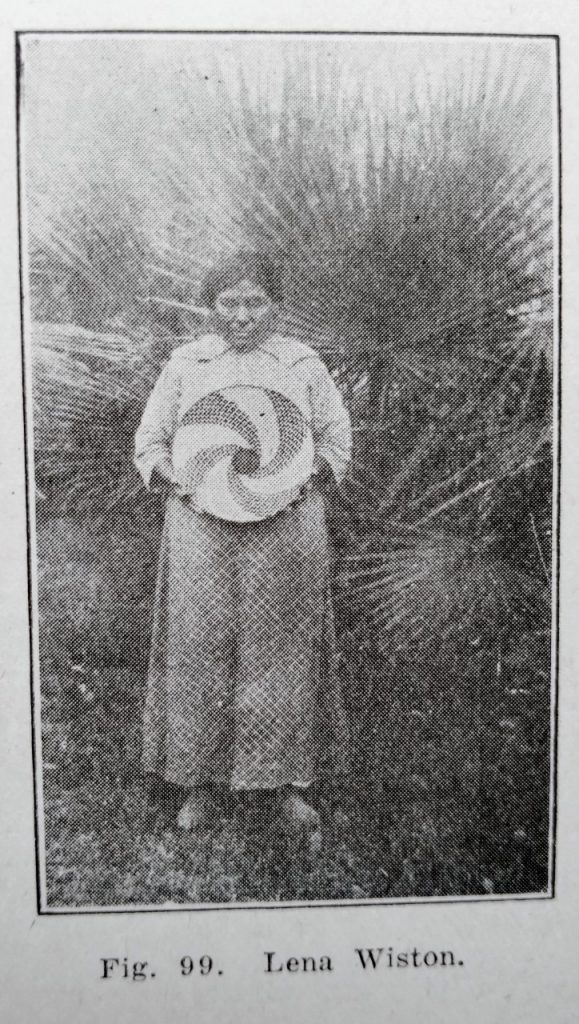
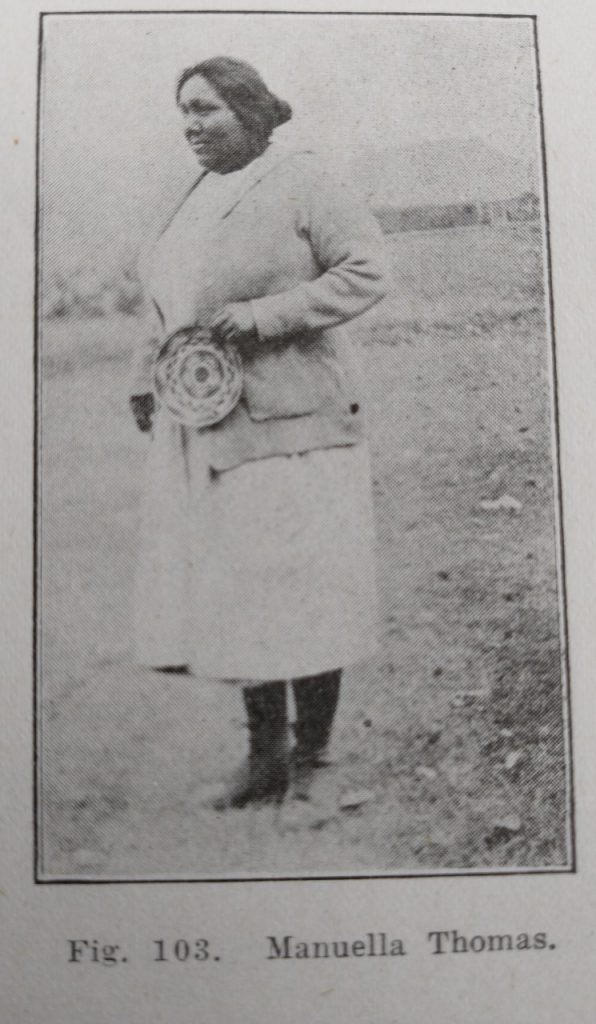

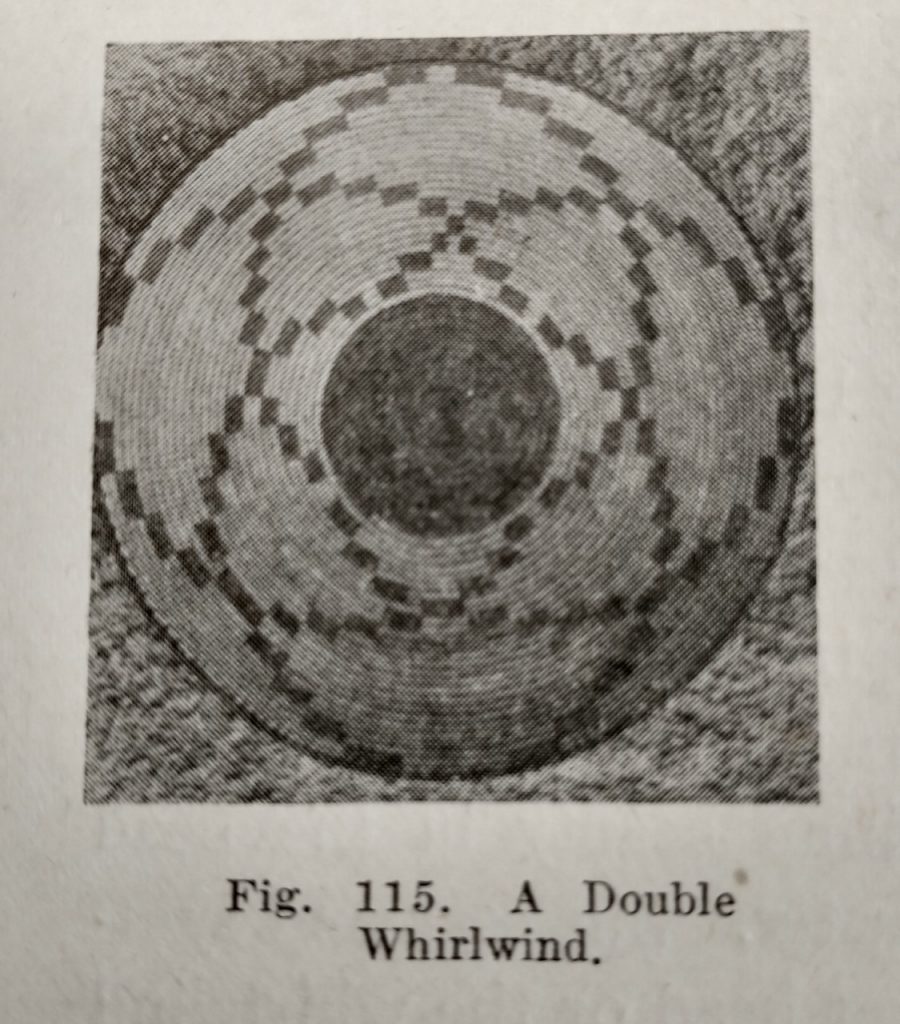
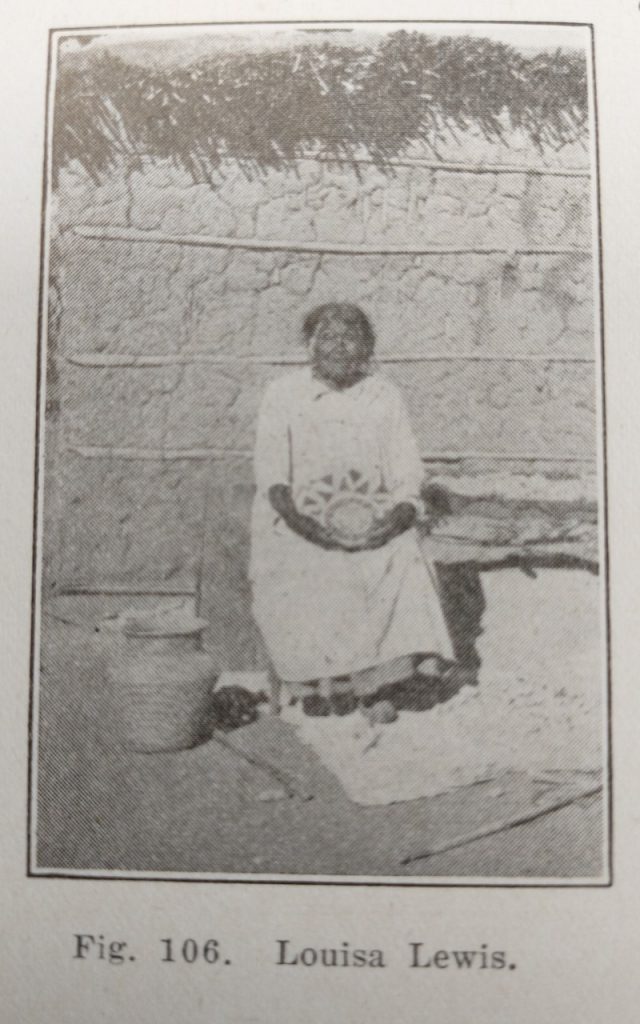
Why not visit the Library’s Archives & Special Collections to view items from the Dryad Collection? We are open to students, staff and members of the public with a library card (obtainable for free) and operate on an appointment based system (Tuesday-Thursday 10.30-4.45pm; Friday 1.15pm-4.45pm).
Please email specialcollections@le.ac.uk for more information and to book an appointment
More to follow on the Dryad Collection in future blogposts…

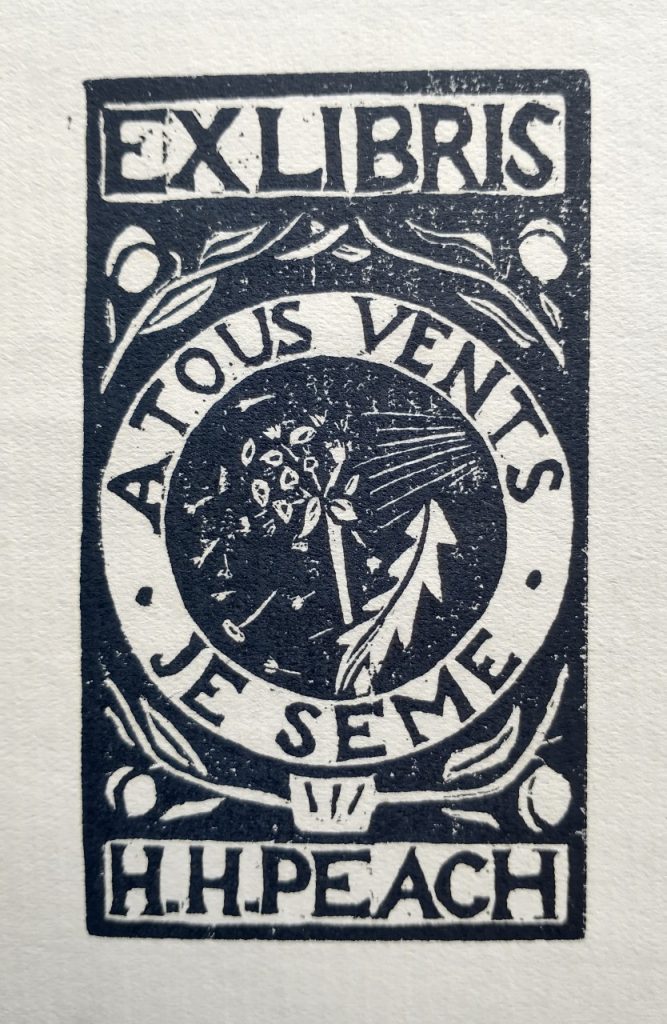
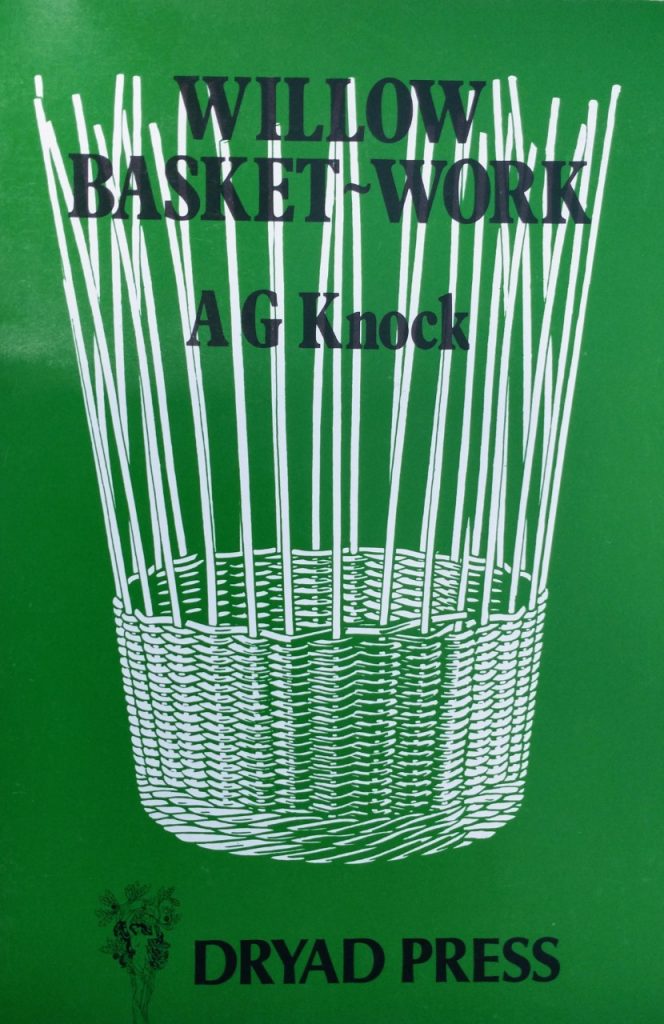
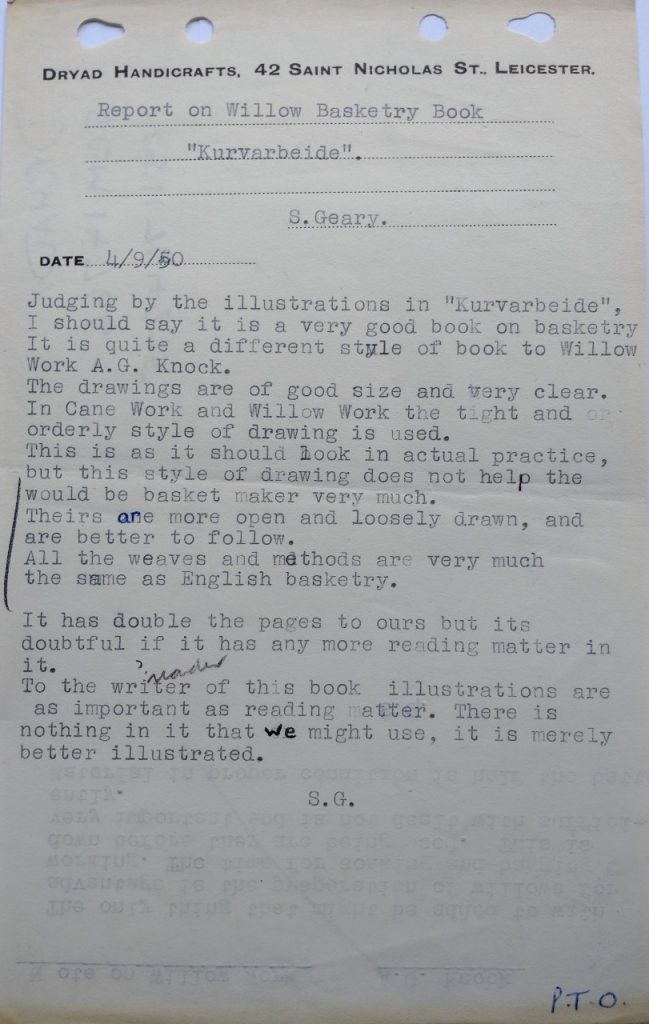
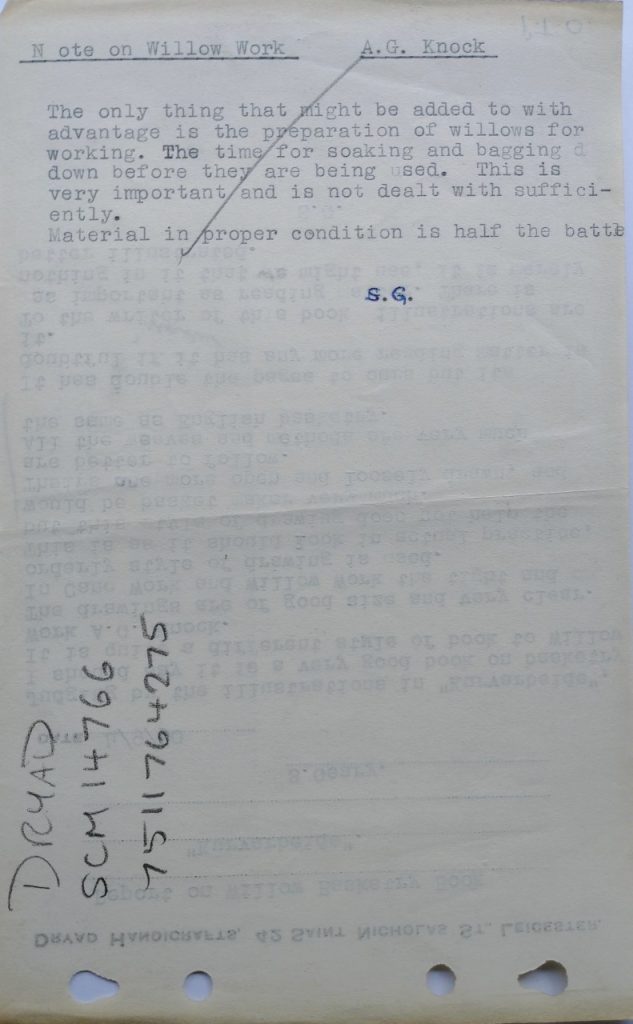
 Subscribe to cl13's posts
Subscribe to cl13's posts
Recent Comments